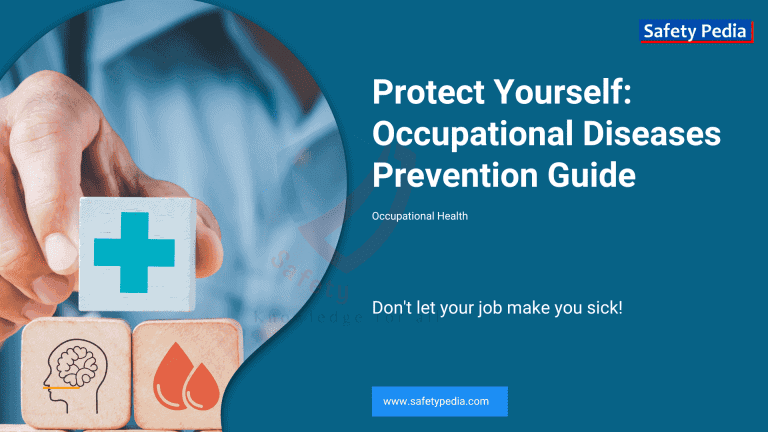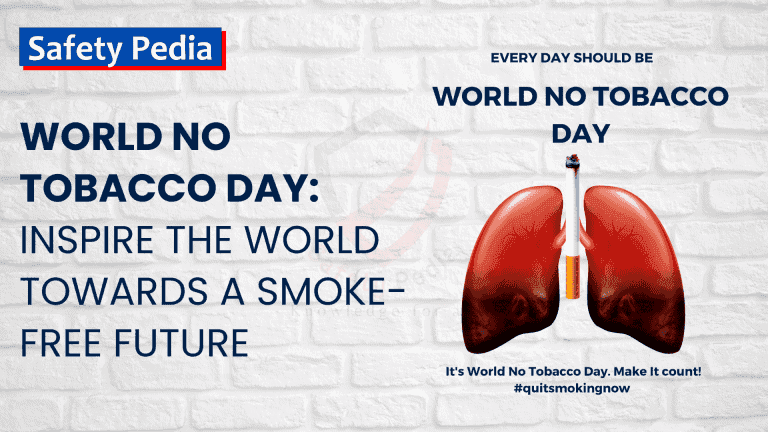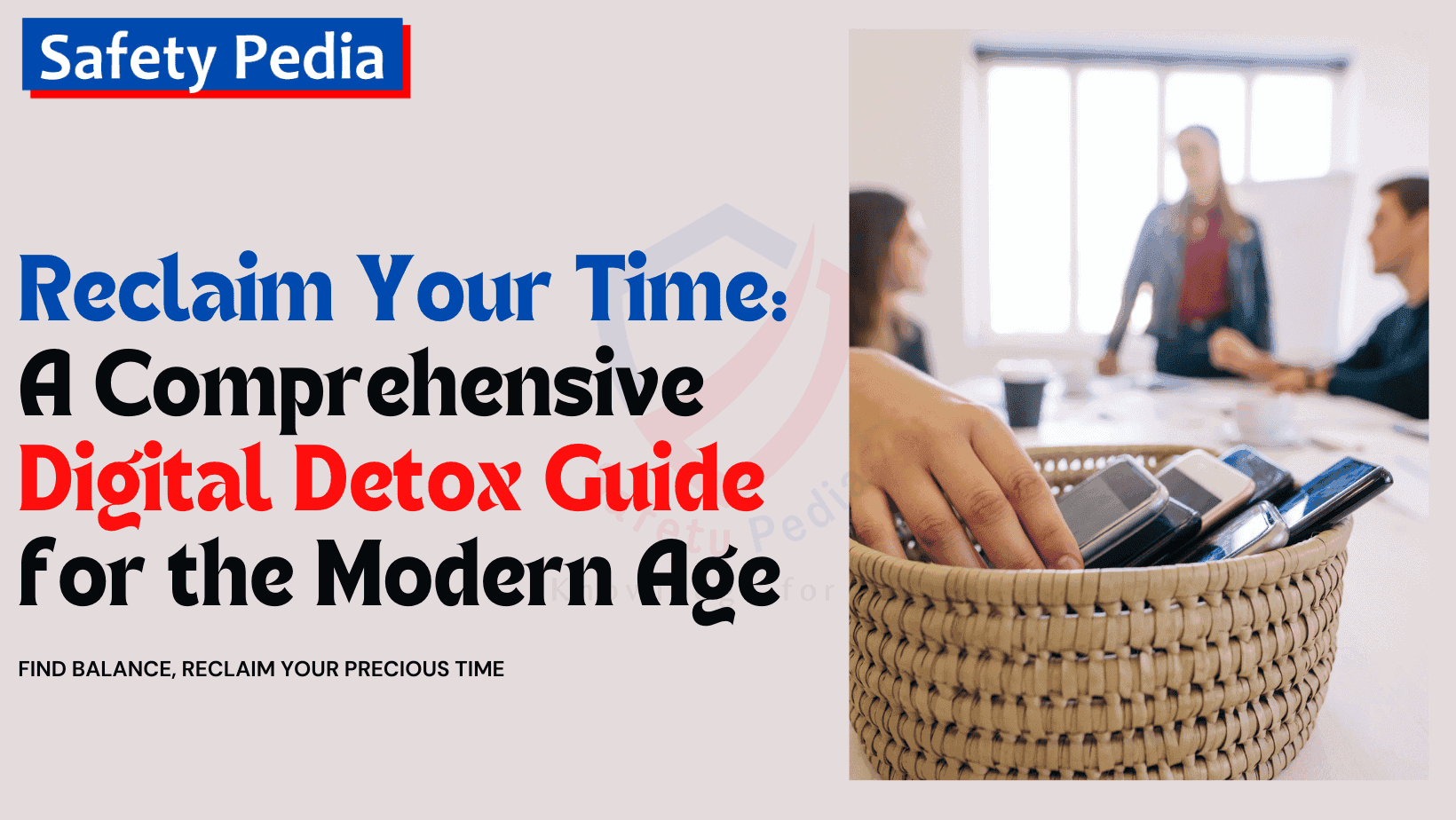
Introduction: Digital Detox Guide
In today’s fast-paced digital world, finding time to disconnect and recharge can feel like an uphill battle. But what if you could reclaim your time and find peace of mind in our hyper-connected society? Enter the comprehensive digital detox guide for the modern age. Whether you’re constantly glued to your smartphone, addicted to social media, or overwhelmed by a never-ending stream of emails, this guide will show you how to break free from the digital noise and regain control of your time.
By implementing the strategies outlined in this guide, you’ll be able to create healthier digital habits, boost your productivity, and improve your overall well-being. From setting boundaries with technology to incorporating mindfulness practices into your daily routine, you’ll discover practical tips and techniques to help you navigate the digital landscape without getting consumed by its distractions.
So, if you’re ready to find balance in a world that’s constantly vying for your attention, join us on this transformative journey. It’s time to reclaim your time and embrace a more intentional and fulfilling life in the digital age.
What is a digital detox?
A digital detox refers to a period of time during which an individual refrains from using electronic devices such as smartphones, computers, tablets, and social media platforms. The primary goal of a digital detox is to reduce stress and anxiety, improve mental well-being, and restore balance by disconnecting from the constant influx of digital information and interactions. This break from technology allows individuals to engage more fully with their surroundings, ecncourages face-to-face social interactions, and participate in activities that do not involve screens.
Benefits of a digital detox can include improved sleep quality, enhanced focus and productivity, reduced feelings of overwhelm and burnout, and increased opportunities for mindfulness and self-reflection. Many people find that taking regular breaks from technology helps them to reconnect with themselves, their loved ones, and the physical world around them, ultimately leading to a more balanced and fulfilling life.
The impact of technology on our daily lives
In the modern era, technology has become an integral part of our daily routines. From the moment we wake up until the time we go to bed, we find ourselves constantly interacting with digital devices, whether it’s checking our smartphones for the latest updates, responding to emails, or mindlessly scrolling through social media. While technology has undoubtedly brought about numerous benefits, such as increased productivity, improved communication, and access to a wealth of information, it has also had a significant impact on our overall well-being and the way we engage with the world around us.
The constant bombardment of notifications, the temptation to multitask, and the endless stream of digital stimuli can lead to increased stress, anxiety, and a sense of overwhelm. Many individuals find themselves struggling to maintain focus, experiencing difficulty in disconnecting from their devices, and feeling a constant need to be “plugged in.” This constant digital engagement can have a detrimental effect on our sleep patterns, physical activity, and social interactions, ultimately impacting our mental and physical health.
Moreover, the pervasive nature of technology has also led to a shift in our attention spans and our ability to engage in deep, meaningful work. The constant need to check our devices and the fear of missing out (FOMO) can make it challenging to immerse ourselves in tasks that require sustained focus and concentration. This can have a significant impact on our productivity, creativity, and overall sense of fulfillment, as we find ourselves constantly distracted and unable to fully engage with the present moment.
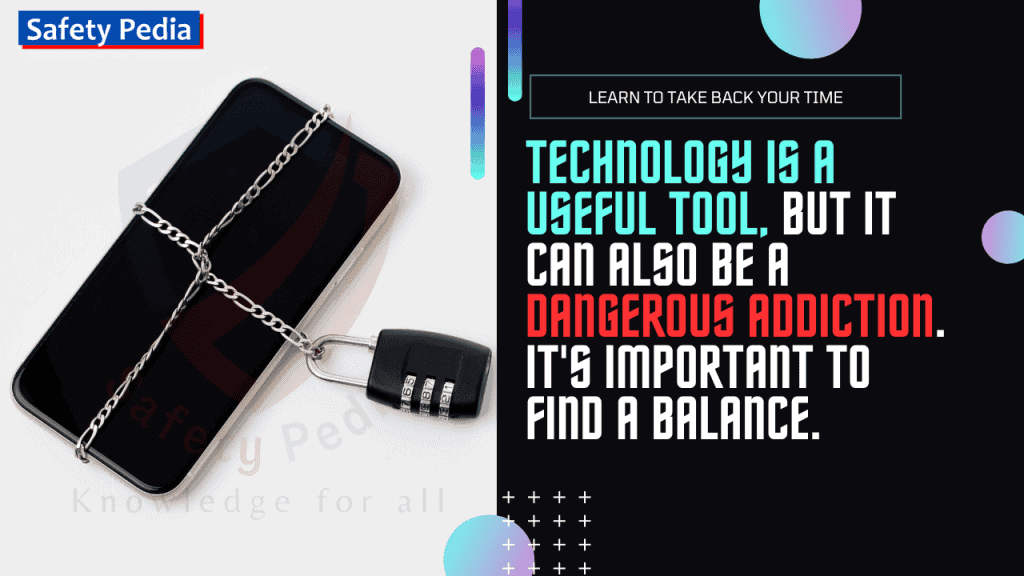
Signs that you need a digital detox
If you find yourself constantly reaching for your smartphone, struggling to focus on tasks, or feeling a sense of unease when you’re not connected to your digital devices, it may be a sign that you could benefit from a digital detox. Some of the more common signs that indicate a need for a digital detox include:
- Excessive screen time: If you find yourself spending more time than necessary on your digital devices, whether it’s scrolling through social media, binge-watching TV shows, or constantly checking your email, it may be a sign that you need to take a step back and reassess your digital habits.
- Difficulty disconnecting: Do you find it challenging to step away from your devices, even during important moments or when engaging in other activities? If you feel a constant need to be “plugged in,” it may be time to reconsider your relationship with technology.
- Decreased productivity: Are you finding it increasingly difficult to focus on tasks and complete them in a timely manner? If your digital habits are interfering with your ability to be productive, it’s a clear indication that a digital detox may be beneficial.
- Negative impact on mental health: Do you find yourself feeling anxious, depressed, or overwhelmed due to your digital habits? If technology is negatively impacting your mental well-being, it’s crucial to take action and prioritize your overall health and happiness.
- Disrupted sleep patterns: Are you struggling to fall asleep or stay asleep due to the blue light emitted by your devices or the constant temptation to check them before bed? Disrupted sleep can have a cascading effect on your overall well-being, making a digital detox even more important.
Benefits of a digital detox
Undertaking on a digital detox can provide numerous benefits that can positively impact various aspects of your life. By stepping away from the digital noise and reclaiming your time, you can experience a renewed sense of clarity, focus, and overall well-being. Some of the key benefits of a digital detox include:
- Improved mental health: A digital detox can help alleviate symptoms of anxiety, depression, and stress by reducing the constant stimulation and pressure that often comes with our digital lives. By disconnecting from the digital world, you can create space for mindfulness, self-reflection, and a greater sense of emotional well-being.
- Increased productivity: Without the constant distractions and temptations of digital devices, you can devote your full attention to the tasks at hand, leading to improved focus, creativity, and overall productivity. This can help you achieve your goals more efficiently and with a greater sense of fulfillment.
- Enhanced physical health: Digital detoxes can also have a positive impact on your physical health. By reducing screen time, you can improve your sleep quality, increase physical activity, and even reduce the risk of eye strain, headaches, and other physical ailments associated with excessive technology use.
- Stronger interpersonal connections: When you’re not constantly glued to your devices, you can devote more time and attention to your relationships with family, friends, and loved ones. This can lead to deeper, more meaningful connections and a greater sense of social well-being.
- Renewed appreciation for the present moment: A digital detox can help you rediscover the beauty and wonder of the present moment, free from the constant distractions and digital noise that often consume our attention. This can facilitate a greater sense of gratitude, mindfulness, and overall life satisfaction.
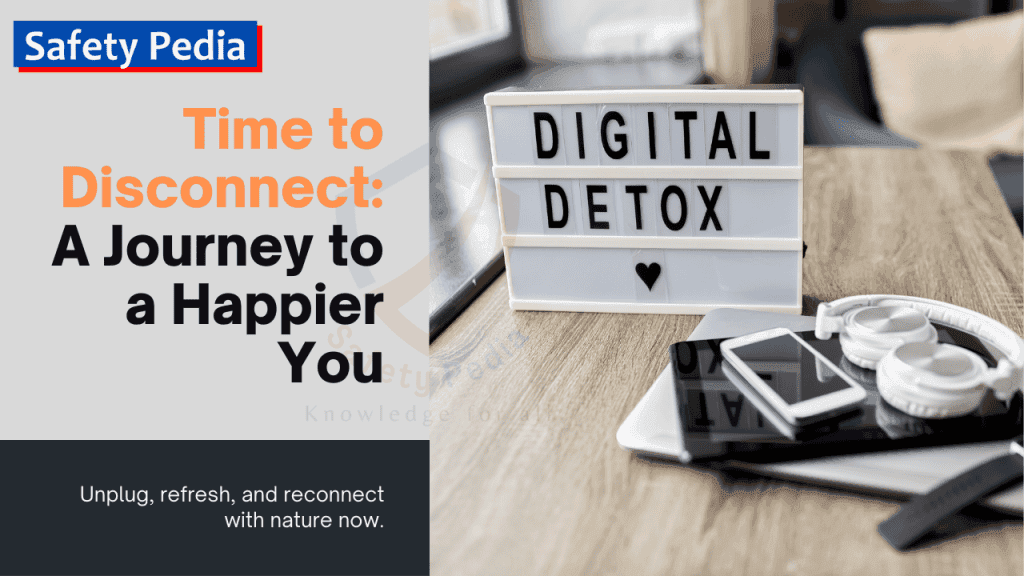
How to prepare for a digital detox
Undertaking on a digital detox can be a transformative experience, but it’s essential to approach it with a well-thought-out plan to ensure its success. Here are some steps to help you prepare for a successful digital detox:
- Set clear goals: Before you begin your digital detox, take the time to reflect on your motivations and set specific, measurable goals. Do you want to reduce your screen time by a certain amount? Improve your sleep quality? Reconnect with loved ones? Having a clear understanding of your objectives will help you stay focused and accountable throughout the process.
- Assess your digital habits: Conduct an honest self-assessment of your current digital habits. How much time do you spend on your devices? Which apps or activities tend to consume the most of your attention? Identifying your digital pain points will help you develop a more targeted approach to your digital detox.
- Establish a plan: Once you’ve identified your goals and assessed your digital habits, create a detailed plan for your digital detox. Decide on the duration of your detox, which digital devices or activities you’ll abstain from, and how you’ll fill the time you would have spent on those devices. Having a well-structured plan will make the transition smoother and increase your chances of success.
- Enlist support: Inform your family, friends, and colleagues about your digital detox plans. This can help you stay accountable and provide a supportive network during the process. Additionally, consider joining online communities or finding a digital detox accountability partner to help you stay motivated and on track.
- Prepare your environment: Take steps to create a digital-free zone in your home or workspace. Remove tempting devices, turn off notifications, and set up physical cues (such as a “digital detox” sign) to remind you of your commitment to the process. By creating a supportive environment, you’ll be better equipped to avoid digital distractions during your detox.
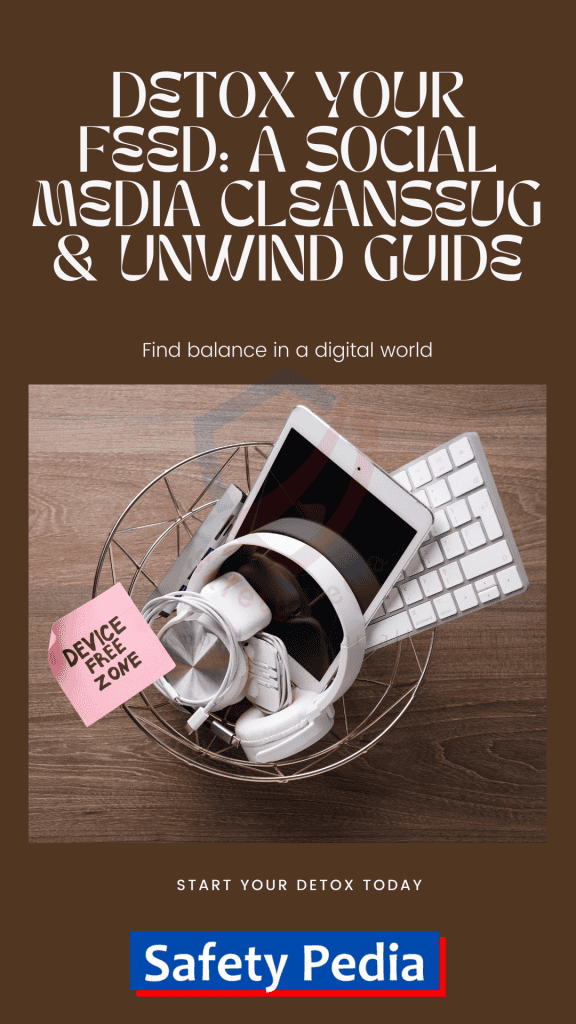
Strategies for a successful digital detox
Once you’ve laid the groundwork for your digital detox, it’s time to implement strategies that will help you navigate the process successfully. Here are some effective techniques to consider:
- Gradual approach: Instead of going cold turkey, consider a gradual approach to your digital detox. Start by setting specific time limits for your digital activities or designating digital-free periods throughout the day. This can help you ease into the transition and make the process more sustainable in the long run.
- Mindfulness practices: Incorporate mindfulness techniques, such as meditation, deep breathing exercises, or journaling, into your daily routine. These practices can help you cultivate greater self-awareness, reduce stress, and stay present in the moment, making it easier to resist the temptation of digital devices.
- Device-free zones: Establish device-free zones in your home, such as the bedroom or during mealtimes. By creating these boundaries, you can minimize the distractions and temptations of digital devices, allowing you to be fully present and engaged in the activities at hand.
- Offline activities: Replace your digital activities with engaging offline hobbies and pursuits. This could include reading physical books, going for walks, engaging in creative projects, or spending quality time with loved ones. By immersing yourself in these offline activities, you can rediscover the joys of being present and disconnected.
- Digital detox challenges: Consider participating in digital detox challenges or events, such as “National Unplugging Day” or “Screen-Free Week.” These initiatives can provide a sense of community, accountability, and motivation, helping you stay committed to your digital detox goals.
Offline activities to replace screen time
One of the keys to a successful digital detox is finding engaging offline activities to replace the time you would have spent on digital devices. Here are some ideas to help you get started:
- Reading: Immerse yourself in the joy of reading physical books, magazines, or newspapers. This can be a great way to disconnect from the digital world and engage your mind in a more focused and fulfilling manner.
- Outdoor activities: Spend time in nature by going for walks, hiking, gardening, or simply sitting outdoors and observing your surroundings. This can help you reconnect with the natural world and experience a sense of calm and rejuvenation.
- Creative pursuits: Explore your creative side by engaging in activities such as painting, drawing, writing, or crafting. These hands-on activities can provide a sense of flow and satisfaction, while also serving as a digital-free outlet for self-expression.
- Hobbies and skill-building: Dedicate time to developing a new hobby or skill, such as learning a musical instrument, taking up a sport, or exploring a new cooking technique. These activities can be deeply rewarding and help you feel a sense of accomplishment outside of the digital realm.
- Social interactions: Prioritize in-person social interactions by scheduling face-to-face meetups with friends and family, hosting game nights, or engaging in group activities like book clubs or sports teams. These meaningful connections can help you build stronger relationships and reduce your reliance on digital communication.
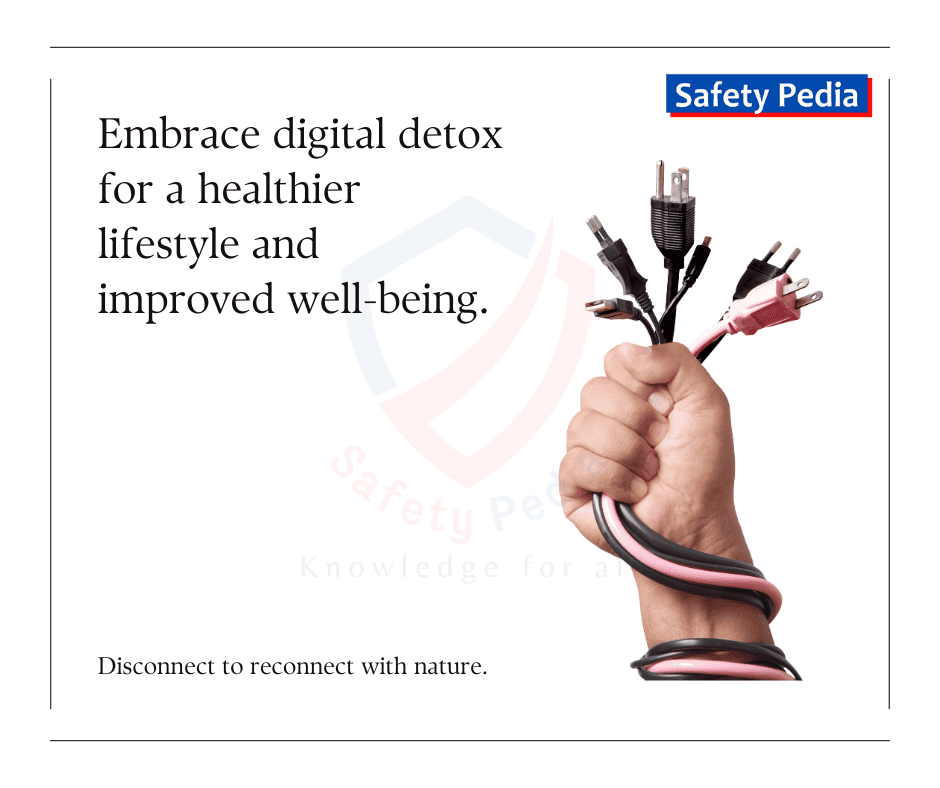
Maintaining a healthy digital balance after the detox
Once you’ve completed your digital detox, the real challenge lies in maintaining a healthy balance between your digital and offline lives. Here are some strategies to help you sustain the benefits of your digital detox:
- Set boundaries: Establish clear boundaries and guidelines for your digital usage, such as designated device-free times or limits on daily screen time. Regularly review and adjust these boundaries as needed to ensure they continue to serve your well-being.
- Mindful digital habits: Develop more mindful digital habits by being intentional about when and how you use your devices. This could involve limiting notifications, scheduling “digital breaks” throughout the day, or setting aside specific times for checking emails or social media.
- Prioritize offline activities: Continue to prioritize and schedule offline activities that bring you joy and fulfillment. This will help you maintain a healthy balance and prevent your digital habits from creeping back into your daily routine.
- Digital wellness practices: Incorporate digital wellness practices, such as regular digital detoxes, into your long-term routine. This could involve setting aside a digital-free day each week or taking a more extended digital detox vacation periodically to reset and recharge.
- Seek support: Surround yourself with a supportive network of friends, family, or online communities who can hold you accountable and provide encouragement as you navigate the challenges of maintaining a healthy digital balance.
Tools and resources to help with digital detoxing
To further support your digital detox journey, there are various tools and resources available that can help you manage your digital habits and maintain a healthy balance. Here are a few examples to consider:
- Digital detox apps: Utilize apps designed to help you track and limit your digital usage, such as Screen Time (iOS), Digital Wellbeing (Android), or Freedom. These apps can provide insights into your digital habits and help you set customized boundaries to curb excessive screen time.
- Website blockers: Install browser extensions or apps that allow you to temporarily block access to certain websites or online platforms, reducing the temptation to engage with them during your digital detox.
- Mindfulness apps: Explore mindfulness-based apps, such as Calm, Headspace, or Insight Timer, to incorporate meditation, breathing exercises, and other mindfulness practices into your daily routine, supporting your overall well-being during and after your digital detox.
- Digital detox challenges: Participate in organized digital detox challenges or initiatives, such as those offered by organizations like National Day of Unplugging or Screenwise, to connect with a community of like-minded individuals and stay motivated throughout the process.
- Educational resources: Seek out informative articles, books, podcasts, or online courses that explore deeper into the topic of digital well-being and provide practical strategies for navigating the digital landscape in a healthier, more balanced way.
Conclusion and final thoughts
In today’s hyper-connected world, the need for a comprehensive digital detox has never been more apparent. By taking the time to unplug, recharge, and reconnect with ourselves and the world around us, we can reclaim our time, improve our well-being, and cultivate a more intentional and fulfilling life in the digital age.
Through the strategies and insights outlined in this guide, you now have the tools to venture on your own digital detox journey. Remember, the path to a healthier digital balance is not a one-size-fits-all solution, but rather a personalized process that requires self-reflection, experimentation, and a willingness to step outside your comfort zone.
As you navigate this transformative experience, embrace the challenges, celebrate the small victories, and be patient with yourself. The journey towards a more balanced and mindful relationship with technology may not be an easy one, but the rewards it can bring – improved mental health, enhanced productivity, stronger relationships, and a renewed sense of purpose – are truly invaluable.
So, take that first step, unplug, and venture on a digital detox that will empower you to reclaim your time, rediscover your passions, and embrace a more intentional and fulfilling life in the modern age. The digital world may always be there, but the choice to engage with it mindfully and on your own terms is ultimately yours.
References:
https://www.webmd.com/balance/what-is-digital-detox
Join Our Safety Community!
Stay informed with the latest tips and insights on occupational health, safety, and the environment.
